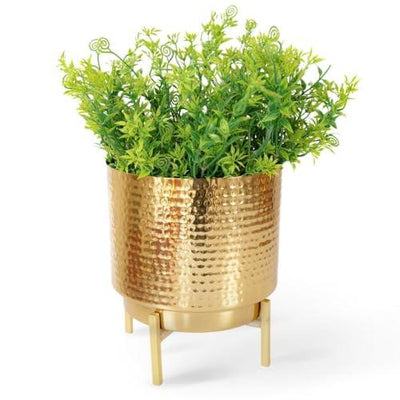Protect Your Rubber Plant from Pests and Diseases
Welcome to our guide on protecting your rubber plant from pests and diseases! As a proud plant parent, it's essential to be vigilant against potential threats that can harm your beloved rubber plant. In this comprehensive blog post, we'll explore the most common pests and diseases that can affect rubber plants and provide expert tips on prevention and treatment. Let's dive in!
Common Pests
Rubber plants are susceptible to a variety of pests that can wreak havoc on their health. Some of the most common pests include:
-
Spider Mites: These tiny arachnids can infest rubber plant leaves, causing stippling, webbing, and leaf drop.
-
Mealybugs: Mealybugs are small, white, cottony insects that feed on plant sap, causing yellowing leaves and stunted growth.
-
Scale Insects: Scale insects appear as small, waxy bumps on the stems and leaves of rubber plants, sucking sap and causing leaf yellowing and wilting.
-
Fungus Gnats: These small, flying insects lay their eggs in the soil of rubber plants, leading to root damage and decreased plant health.

Common Diseases
In addition to pests, rubber plants can also fall victim to various diseases that can impact their growth and vitality. Some of the most common diseases include:
-
Root Rot: Overwatering or poor drainage can lead to root rot, a fungal disease that causes roots to rot and die, resulting in wilting and yellowing foliage.
-
Powdery Mildew: Powdery mildew is a fungal disease that appears as a white powdery substance on the leaves of rubber plants, inhibiting photosynthesis and causing leaf deformities.
-
Leaf Spot: Leaf spot is a bacterial or fungal disease characterized by dark, water-soaked spots on the leaves of rubber plants, eventually leading to leaf drop and defoliation.
Prevention and Treatment
Preventing and treating pests and diseases is essential for maintaining the health and vitality of your rubber plant. Here are some expert tips for prevention and treatment:
-
Inspect Regularly: Regularly inspect your rubber plant for signs of pests or diseases, such as discolored leaves, sticky residue, or unusual growth.
-
Isolate Infected Plants: If you notice signs of pests or diseases, isolate the infected plant to prevent the spread to other plants in your collection.
-
Prune Infested Foliage: Prune away any infested or diseased foliage using sharp, clean pruning shears to prevent further spread.
-
Natural Remedies: Consider using natural remedies such as neem oil or insecticidal soap to treat pest infestations, avoiding harsh chemical pesticides that can harm your plant.
By following these guidelines and staying proactive in your plant care routine, you can protect your rubber plant from pests and diseases and ensure it thrives for years to come. For more tips on caring for indoor plants, be sure to explore our other helpful guides and resources. Happy gardening!

















Leave a comment